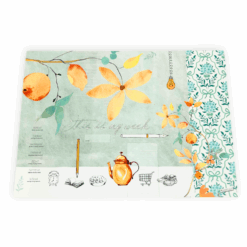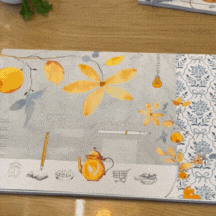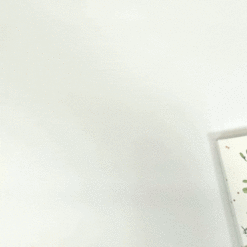Gardens
Spring flowers
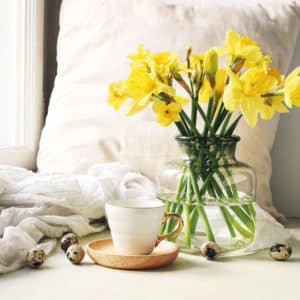
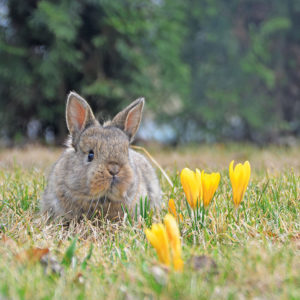
Daffodil
If there’s one flower that truly lifts my spirits every time, it’s got to be the daffodil. It heralds the new season with its beautiful trumpet shape and lovely yellowy gold colour. A season of light, colour and warmth. Daffodils are native to the meadows and forests of Western Europe. The flowers are considered to be a symbol for new beginnings.
They don’t just come in yellow either. You can find them in pink, orange, red and white, with big trumpets or with clusters of small yellow or white flowers.
The scientific name for the daffodil, narcissus, comes from a dramatic Greek myth. According to this story, the nymph Echo had her eye on a beautiful young man called Narcissus. But Narcissus was hunting and didn’t notice her. Echo couldn’t accept that. So she decided to make Narcissus fall in love with himself. He spent days staring at his own reflection in the water of a little stream. Eventually he fell exhausted into the water and drowned. In the spot where that had happened, a flower began to grow. Just as beautiful as Narcissus himself: the daffodil.
Daffodils are perennial plants. They multiply on their own, so more flowers will appear every year. For a garden full of daffodils in the springtime, you will need to plant the bulbs in the autumn. That doesn’t take too much work. It’s just a question of loosening the soil and pushing the daffodil bulb into the ground with the point facing upwards, adding some soil back over the top, pressing down slightly and you’re done. Plant the daffodils in a place where they will get lots of direct sunlight and water them regularly. Once the daffodils have finished blooming, cut off the leaves. That way all the energy will be stored in the bulb and they can bloom and grow once again in the spring.
Tip
Cut the stems of the daffodils at an angle, about 3 to 5 cm down. Bear in mind that sap comes out of the stems.

Crocus
Crocuses usually grow just a bit earlier than daffodils. They sometimes appear as early as February, which makes them one of the very earliest spring bloomers. You see them in borders and flowerbeds, adding a splash of white, yellow or purple. They bring the first colour to your garden after the long, dark winter. There are around 90 different varieties. Some of them actually bloom in the autumn rather than the spring. I remember seeing some pretty crocuses in our local park during the autumn a few years ago and thinking that something must have happened to confuse the natural world. But it wasn’t that. It was just some autumn crocuses. Most of them do bloom in the spring though.
A little crocus bulb should be planted about 5 cm deep. Crocuses need a spot in the sunlight too. That could be in your garden, but they will also thrive in pots on your balcony.
Crocuses multiply by themselves, but you can also give them a helping hand. To do that, you need to dig up a couple of bulbs right after they’ve bloomed and cut them into smaller pieces. You then plant these smaller pieces again, all around the garden. If you like the idea of a beautiful carpet of crocuses in your garden, this is a great idea, because you need 150 bulbs per square metre. They’re only little flowers after all!
Some kinds of crocus are great for bees. They fly out of their hives for the first time in the early spring and they’re extremely hungry. Crocuses start to open with just a little bit of sun so they provide an absolute feast for the bees at this time of year.
Did you know?
Did you know that field mice are crazy about crocuses? Particularly the yellow ones. They’ll leave the purple ones be but, if you often have mice visiting your garden, it’s best not to plant yellow crocuses. It turns out that sparrows love the yellow type too.





